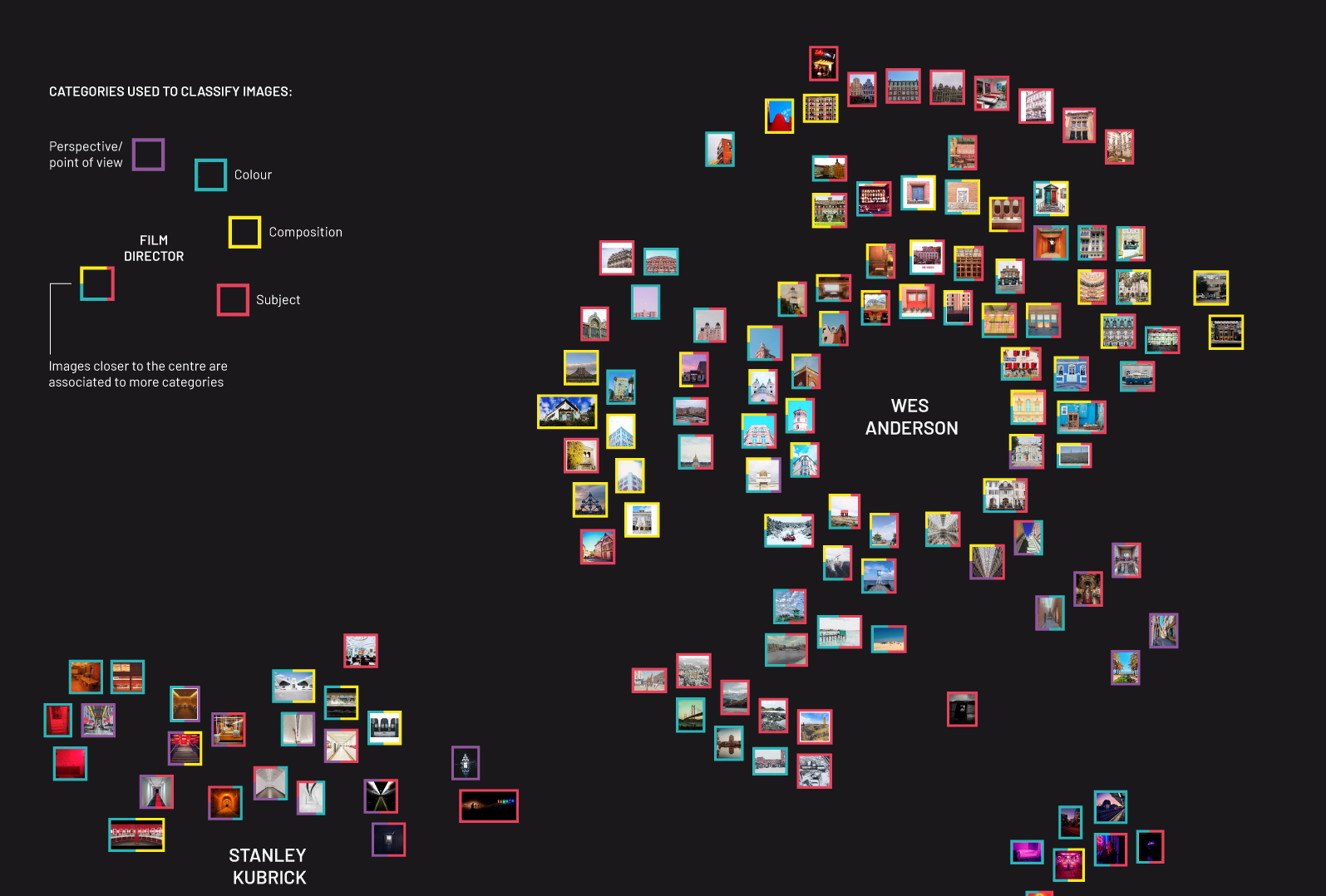Movies and TV series affect the way we perceive and experience the environment around us, they guide our thoughts. The entertainment world has always attracted people’s attention so is really interesting to analyze how the ‘fictional’ world of movies and TV series affects the real one. The research focuses on the effects of this phenomenon, and in particular on the way we perceive locations. Some aspects included in the research are: how we decide where we want to go when it comes to travel, what we want to see and how we take pictures. The topic is analysed with five research questions that cover some curious aspects of the theme. The answers that came out are interesting and, in some cases, unexpected. To obtain data were used tools such as Google Trends, social media (Instagram) and reviews platforms (TripAdvisor and Yelp), which show people’s direct point of view. From the research you can find out that city’s tourism increases in the years following the release of a movie or TV series, that people behave differently while taking photos in the filming locations, that movies and TV series related tours are popular activities that people do while visiting a city and the fact that the entertainment world has an influence on how we perceive places. Finally, the most creative finding is how some directors’ aesthetic influence the way people take pictures of locations.

DensityDesign FSDS 2019/2020
Place making in the mass media entertainment world
A project by Beatrice Bazzan, Allegra Colombo, Martina Giordano, Gianluca Misto, Ludovica Piro, Irina Stojsic




